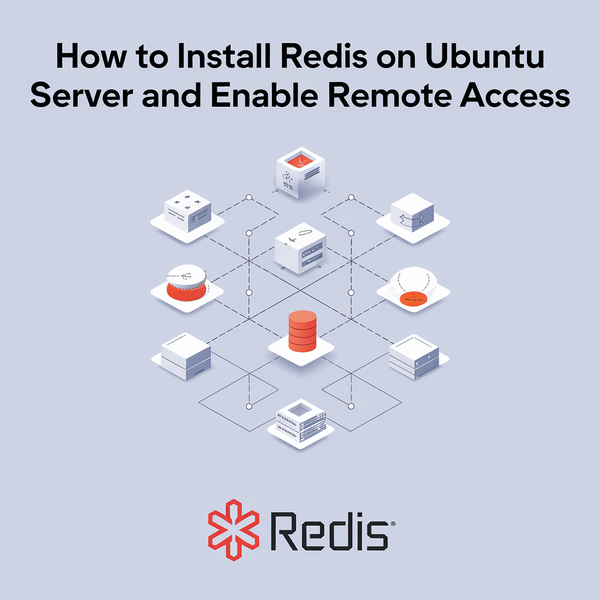Hey there, database enthusiasts! 🛢️ Today, we're diving into setting up MySQL, the powerhouse relational database that's been a backbone of web applications for years. Don't worry – I'll walk you through this step-by-step!
⏱️ Estimated setup time: 10-15 minutes
First Things First: System Update 💫
Let's get your system refreshed and ready:
sudo apt update
Installing MySQL Server 🔧
Time to bring MySQL into your world:
sudo apt install mysql-server
Starting and Enabling MySQL Service 🚦
Let's get MySQL up and running:
sudo systemctl start mysql.service
sudo systemctl enable mysql.service Initial MySQL Configuration 🔐
Access MySQL as the root user:
sudo mysql
Now, we'll set a secure root password:
ALTER USER 'root'@'localhost' IDENTIFIED WITH mysql_native_password BY 'password';
exitSecuring Your MySQL Installation 🛡️
The mysql_secure_installation wizard is your first line of defense. Let's break down each step:
1. Password Validation Component 🔐
When prompted:
Would you like to setup VALIDATE PASSWORD COMPONENT?
Press y|Y for Yes, any other key for No:- Choose 'y' to enable enhanced password security
- You'll be presented with three password strength levels:
- LOW: Length >= 8
- MEDIUM: Length >= 8, includes numeric, mixed case, and special characters
- STRONG: Length >= 8, includes numeric, mixed case, special characters, and dictionary check
Password Strength Selection
Please enter 0 = LOW, 1 = MEDIUM and 2 = STRONG:
- Recommended: Choose 1 (MEDIUM) or 2 (STRONG)
- Provides robust protection against weak passwords
2. Root Password Configuration 🔑
- The wizard will assess your existing root password strength
- You'll be given the option to change the root password
- If your current password is weak, strongly consider changing it
3. Anonymous User Removal 👥
Remove anonymous users?
- Always choose 'y' (Yes)
- Prevents unauthorized access to your MySQL server
- Anonymous users can log in without a specific account
- Critical for preventing potential security vulnerabilities
4. Remote Root Login Restriction 🌐
Disallow root login remotely?
- Always choose 'y' (Yes)
- Prevents potential brute-force attacks
- Ensures root access is only possible from localhost
- Best practice for server security
5. Test Database Removal 🧪
Remove test database and access to it?
- Choose 'y' (Yes)
- Removes the default test database
- Eliminates unnecessary access points
- Follows the principle of least privilege
6. Privilege Table Reload 🔄
- Automatically reloads privilege tables
- Ensures all security changes take effect immediately
🚨 Security Best Practices
- Use a strong, unique password
- Enable password validation
- Disable remote root login
- Remove anonymous users
- Remove test database
Helpful Things to Know 📌
- Configuration file:
/etc/mysql/mysql.conf.d/mysqld.cnf - Default port: 3306
- Data storage:
/var/lib/mysql - Log files:
/var/log/mysql
Verifying Installation ✅
Check your MySQL version:
mysql --version
First-Time Connection 🔌
Connect to MySQL:
mysql -u root -p
Enter the password you set earlier.
Security Note 🚨
Always use strong, unique passwords and follow best practices:
- Use complex passwords
- Limit root access
- Create specific user accounts for applications
- Regularly update and patch your MySQL server
Troubleshooting 🛠️
If you encounter issues, check the log file:
sudo tail -f /var/log/mysql/error.log
That's it! 🎉 Your MySQL server is now up and running.
⏱️ Total setup time: Approximately 15 minutes
Got questions? Are you running into issues? Drop a comment below, and I'll help you out!






